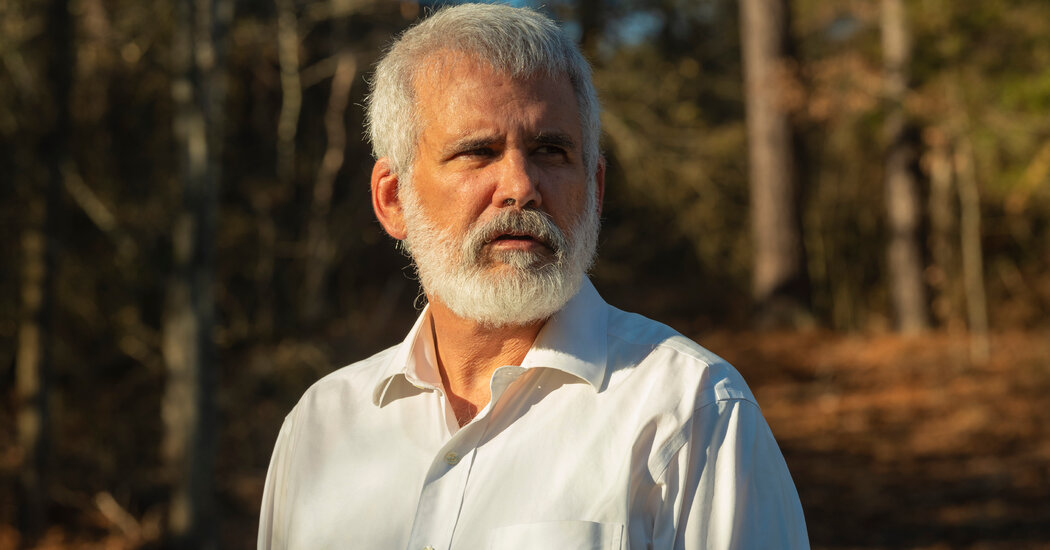
“And almost without exception, these influencers feel that they have been wronged by mainstream society in some way,” Mr. Brooking added.
Dr. Malone earned a medical degree from Northwestern University in 1991, and for the next decade taught pathology at the University of California, Davis, and the University of Maryland. He then turned to biotech start-ups and consulting. His résumé says he was “instrumental” in securing early-stage approval for research on the Ebola vaccine by the pharmaceutical company Merck in the mid-2010s. He also worked on repurposing drugs to treat Zika.
In extended interviews at his home over two days, Dr. Malone said he was repeatedly not recognized for his contributions over the course of his career, his voice low and grave as he recounted perceived slights by the institutions he had worked for. His wife, Dr. Jill Glasspool Malone, paced the room and pulled up articles on her laptop that she said supported his complaints.
The example he points to more frequently is from his time at the Salk Institute for Biological Studies in San Diego. While there, he performed experiments that showed how human cells could absorb an mRNA cocktail and produce proteins from it. Those experiments, he says, make him the inventor of mRNA vaccine technology.
“I was there,” Dr. Malone said. “I wrote all the invention.”
What the mainstream media did instead, he said, was give credit for the mRNA vaccines to the scientists Katalin Kariko and Drew Weissman, because there “is a concerted campaign to get them the Nobel Prize” by Pfizer and BioNTech, where Dr. Kariko is a senior vice president, as well as the University of Pennsylvania, where Dr. Weissman leads a laboratory researching vaccines and infectious diseases.
But at the time he was conducting those experiments, it was not known how to protect the fragile RNA from the immune system’s attack, scientists say. Former colleagues said they had watched in astonishment as Dr. Malone began posting on social media about why he deserved to win the Nobel Prize.
The idea that he is the inventor of mRNA vaccines is “a totally false claim,” said Dr. Gyula Acsadi, a pediatrician in Connecticut who along with Dr. Malone and five others wrote a widely cited paper in 1990 showing that injecting RNA into muscle could produce proteins. (The Pfizer and Moderna vaccines work by injecting RNA into arm muscles that produce copies of the “spike protein” found on the outside of the coronavirus. The human immune system identifies that protein, attacks it and then remembers how to defeat it.)




